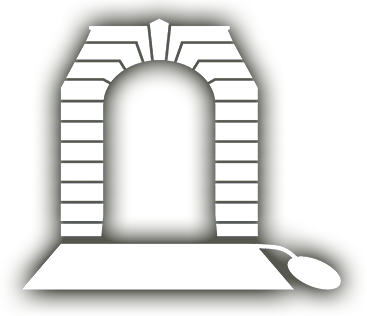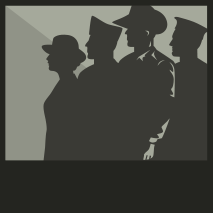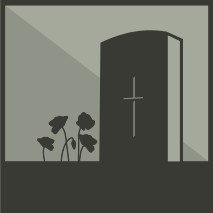TACKABERRY, William Thomas
| Service Numbers: | 29, 1333, Officer |
|---|---|
| Enlisted: | Not yet discovered |
| Last Rank: | Major |
| Last Unit: | 1st Light Horse Brigade HQ |
| Born: | Wexford, Ireland, 17 September 1879 |
| Home Town: | Melbourne, Melbourne, Victoria |
| Schooling: | Not yet discovered |
| Occupation: | Soldier |
| Died: | Natural causes, Heidleberg, Military Hospital, Victoria, Australia, 7 July 1948, aged 68 years |
| Cemetery: |
Springvale Botanical Cemetery, Melbourne |
| Memorials: | Drouin East Honor Roll |
Biography contributed by Michael Silver
Born in Ireland in 1879 to Nicholas Duffield Tackaberry and his wife Sarah Jane White, William Thomas Tackaberry migrated to Australia with his parents in 1883. The second eldest of twelve children, his younger brother 858 Private Nicholas Duffield Tackaberry Jr. of the 8th Light Horse Regiment was killed at Gallipoli in August 1915.
William Tackaberry served during the Boer War from November 1899 as a private in the 1st Victorian Mounted Rifles contingent in northern Cape Colony including the defence of Pink Hill where five were killed (12 February 1900), in Free State, and in east Transvaal. He was invalided to Australia, arriving home on 29 July 1900.
Joining up again, he continued his service as a sergeant when he left for South Africa in February 1901 with the 5th Victorian Mounted Rifles, serving from March 1901 to March 1902 in East Transvaal and the Natal frontier under Beatson then Pulteney, including the defeat at Wilmansrust where 18 were killed and 42 wounded (12 June 1901). Subsequently, he was part of the successful intervention at Onverwacht (4 January 1902). The 5th Victorian Mounted Rifles had the heaviest casualties of any Australian contingent, and at Wilmansrust suffered the costliest defeat. He was promoted to sergeant-major, and was posted as a Company Sergeant Major.
After the Boer War, William Tackaberry married local lass, Linda Kate Nott at Darnum in the Gippsland area of Victoria in 1906. He continued to serve in the Army with 9 years in the Militia, including invlovement with the Victorian Rangers and the 10th Australian Light Horse Regiment. In 1911, he was commissioned into the permanent Australian Instructional Corps where he served in staff and instructional roles, including that of an instructor in the recently formed Royal Military College Duntroon.
On 1 March 1917 he moved to the AIF as a Major and was posted OC C Squadron 3rd Light Horse Regiment in Palestine. He acquitted himself well, Colonel Bell, CO 3 LH noting "A good disciplinarian. An excellent leader under any conditions, a first class instructor in all branches of Light Horse training". His instructional and staff skills were quickly used, serving at the Desert Mounted Corps (DMC) Cavalry School as an instructor, DMC HQ as a staff officer, and Brigade Major of the 1st Australian Light Horse Brigade. He was at Bersheba and Tel-el-Saba.
After the first world war he continued to serve in the Army. He was transferred to the Retired List in 1936 with the honorary rank of Lieutenant Colonel. In 1940 he was returned to service as V80030 and appointed Commanding Officer of the 17th Garrison Battalion. He then commanded Alien Internment Camps, Southern Command including 'Dhurringle' Camp and Tatura Camp. Lieutenant Colonel Tackaberry retired from army service on 17 April 1942.
Lieutenant Colonel William Thomas Tackaberry, a veteran of the Boer War, World War I and World War II died at Heidelberg, Victoria on 8 July 1948 and was cremated. His wife Linda survived him - she passed away in 1965.
Reference: Australian Boer War Memorial












